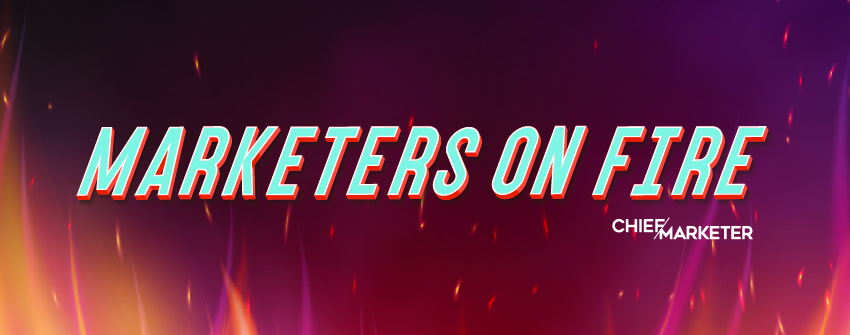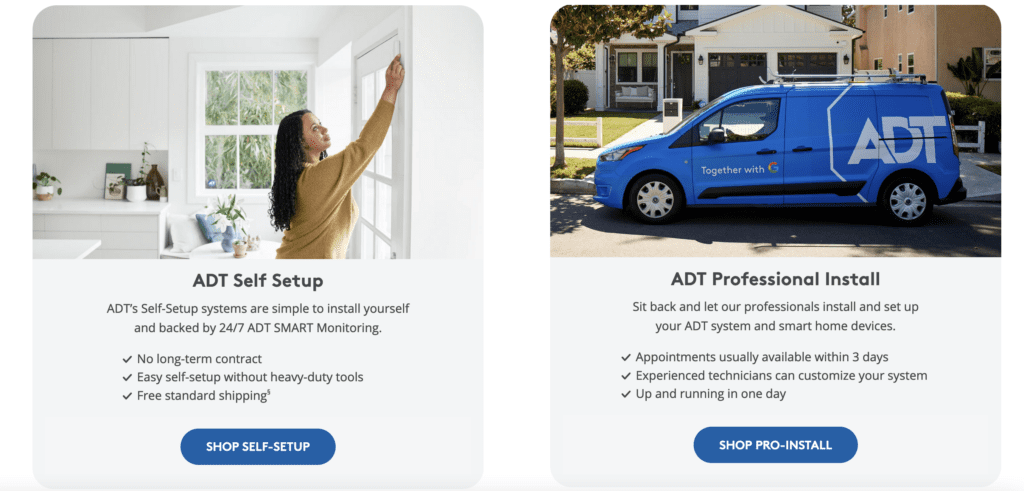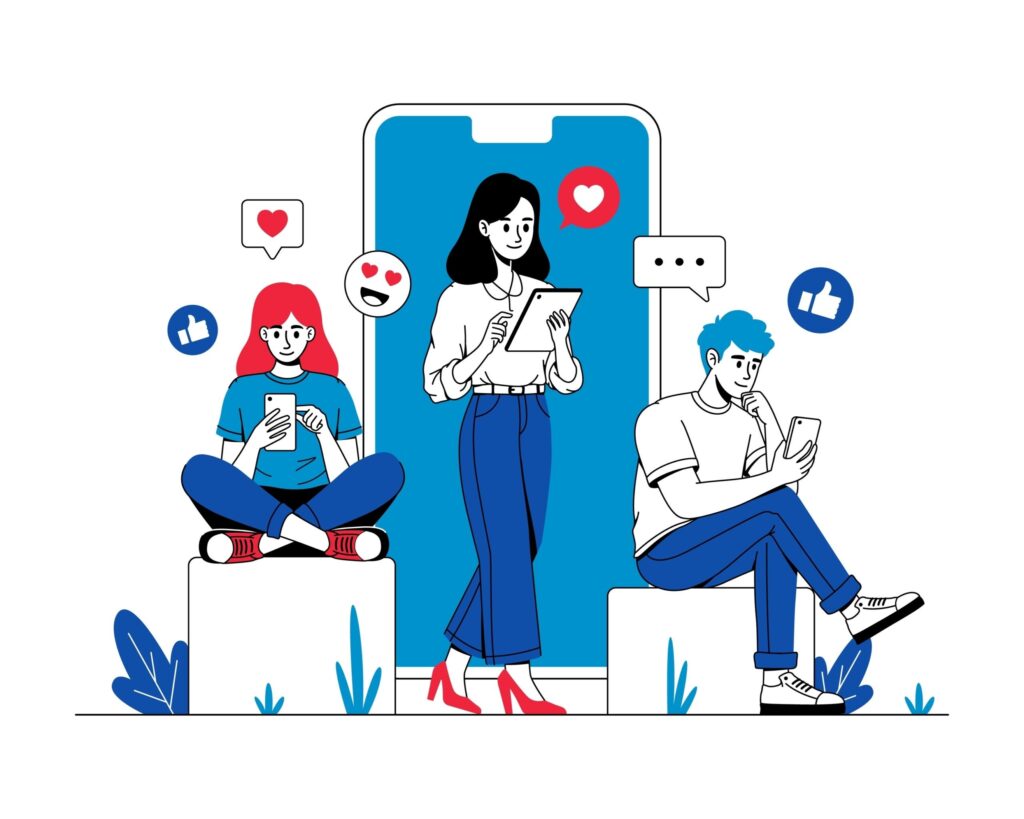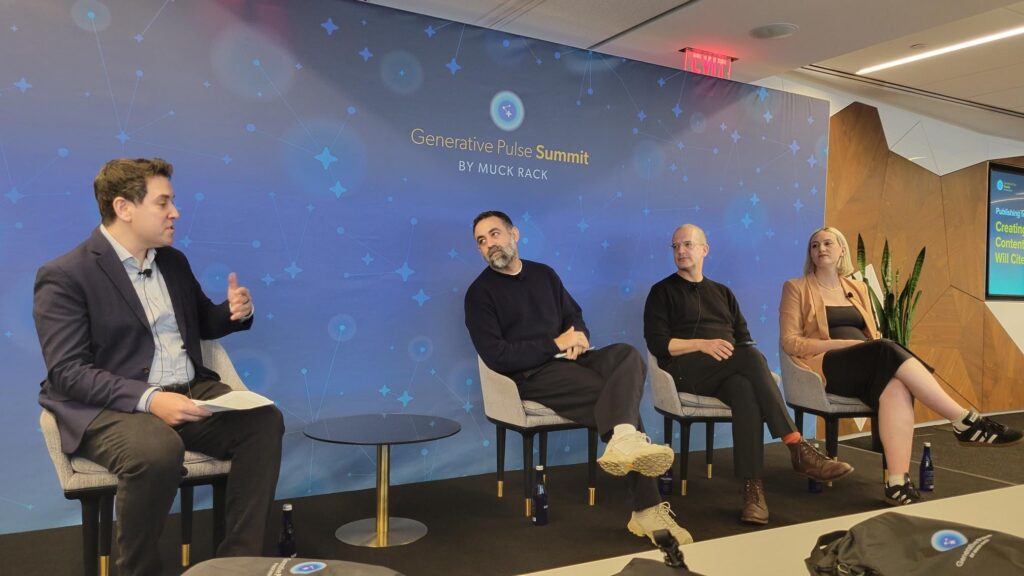
Though celebrating 150 years in operation in 2024, security company ADT continues to evolve and innovate within its category. It’s in the midst of a marketing transformation that encompasses technological innovation, new media allocation, customer communications and—most importantly—its go-to-market strategy. We spoke with DeLu Jackson, Executive Vice President and Chief Marketing Officer at ADT, about the company’s transformation, challenges, innovations and more. And here is part two of our conversation with Jackson, which dives deeper into the brand’s approach to customer journeys, demand planning, digital attribution and DEI strategy.
Chief Marketer: You’ve spoken about a marketing transformation that is currently happening at ADT. Can you provide an overview?

DeLu Jackson, Executive Vice President and Chief Marketing Officer at ADT: It’s a go-to-market transformation, including marketing. That’s a really important part. We call it more of a growth engine that includes marketing. And a lot of our marketing is focused on lead generation that feeds the entire organization. Everything from media marketing, lead generation and ecommerce happens within my direct reporting organization.
The big transformation is our go-to-market because we have historically been at field-oriented organization, where the physical interaction with the customer happens in the home. But as the customer’s gone more digital, and we’ve had new solutions like “self set-up,” that move to online—not just for information gathering, but actually transaction completion—is bigger. We’re seeing a shift from what has historically been done in the home with physical interaction. The experience is changing substantially, and the expectations of the consumer change. So how we communicate our services and the experience and the overall delivery have changed dramatically—and continue to evolve almost daily.
CM: Let’s talk about that transition. What are some of the digital innovations you have now? And what were some of the challenges to making the transition?
DJ: The thing that’s been most telling: We’ll be 150-years-old this year, and for 150 years we got really good at protecting businesses and customers in the physical environment. What’s been great is the innovation around our products—new ways to deliver our product in our own platform, which we launched last year, as well as transforming the service delivery model. We have virtual installation where we can use video and your own phone, leveraging technology to create more convenience and better experience for consumers.
We have a self set-up product. We have a pro-install product. We have multifamily, we have small business, we have health products. As the consumer needs in this space have evolved and the channels through which they gather [information], we’ve had to evolve how we go to market and how we communicate in those channels to consumers. So, more digital communications—not just advertising, but information delivery through those channels. Because ultimately, the customer is making a very important choice, and we want them to be confident that they’re making the best choice when they choose ADT.
CM: Can you share a few examples of how you interact and communicate with customers on these channels?
DJ: We do everything from traditional information delivery about the product we deliver, about the services, and the experience—all in that place. So we actually share insight about the ability to purchase online. And a lot of it is tied to the new self-install systems, which are largely self-service. We obviously communicate about the new installation methods in those channels.
We’re also doing more digital, if we look at the allocation of our media investments today. We’re seeing a growing customer preference for online engagement… Digital represents approximately 75% of ADT’s media investment allocation today, a significant increase from 60% in 2022. That’s been a big shift as we go more omnichannel.

CM: In what other ways have your marketing communications evolved?
DJ: When we launched our new platform, we had a big partnership with Google. We spent some time talking about the partnerships that we’re engaging with that transform the technology and the capabilities we bring to consumers… that’s been a lot of shared equity working together to talk about modernization and innovation.
Over the past year and currently, we’re running a campaign that focuses on what we historically delivered and what we delivered through that partnership in terms of customer benefit—the “no worries” or “peace of mind” that comes with making the right choice for security and safety. And what you’ll see coming forward as we approach 150 years is more of the things that are uniquely ADT, in terms of the importance of responsiveness, speed and delivery of our services, unlike any other brands in the marketplace. It’s a continued evolution of focusing on the customer benefits and the way those benefits get delivered as the new technologies come to market.
CM: When it comes to younger generations who are just beginning to need your products, are you marketing to them in different ways? Do you use podcast ads? Are you getting on TikTok?
DJ: All of those things. The podcasts have been great. We do a number of those and a lot of advertising—actually, quite a bit more audio, Spotify and others—because we’ve seen a strong engagement rate there, and also [it’s] a great way for information delivery in different forms and formats. Even long-form explanation has worked well there as some of our new capabilities come out.
Social and TikTok are becoming big and working with influencers, too. We did a holiday campaign this past year where we used influencers to develop the content and push it out into their networks. [It’s] thinking about the different ways people discover these services. It’s not an instant push to sale; it’s more introductory and explanatory. The need states of those consumers are quite different. They’re going through life stages. They may be renters, they may be moving into their first homes, and just the consumption of information—online, on YouTube and those things—have been critical to introducing people to the category.
CM: How do you balance having the experience of a legacy brand with pitching innovation? Particularly when some of your competitors have the benefit of novelty.
DJ: Great question about the balance. I think it comes down to the idea of relevance. And it comes through innovation and staying a step ahead of the market—not just staying up at the market, but staying ahead of the market. We make a tremendous amount of investments in industry standard stuff like alarm verification, improving our monitoring, our core capabilities and our technology and products. And then last, the partnerships is a big part of that. Those partnerships help us bring new and leading technologies to the fore, but also new distribution methods, like with our work with State Farm. There’s needs and opportunities for customers that we work together. And that collective experience brings relevance to new audiences and consumers. It’s a combination of those things.
I think that’s the whole innovator’s dilemma. When you’re the category leader, how do you innovate, and communicate that innovation to demonstrate modernity? Again, it’s the relevance part. The consumers are telling us what their needs are. They’re telling us what their challenges are, which includes finding the right information online and being able to purchase it simply. And then meeting those requirements and exceeding them where we should as a category leader. And communicating that consistently so that they are not just aware. We have super high awareness; we have very high consideration. And that familiarity is a real big focus for us—that they know that we’re evolving and setting the pace.
Editor’s Note: Read more from Jackson in part 2 of our conversation with the marketing chief, which explores customer journeys, demand planning, digital attribution and DEI strategy.







